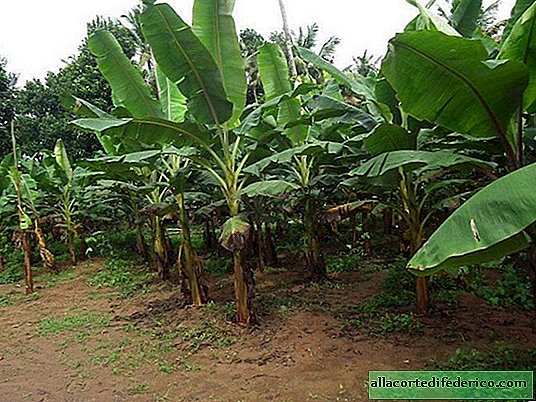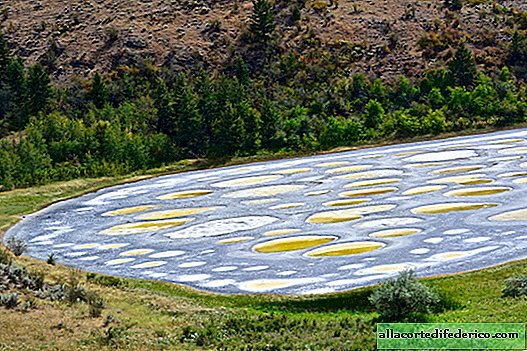Genetics again intervened in nature: African bananas edited genes
The world community did not have time to discuss genetically modified children born in China, when the news about the application of CRISPR / Cas9 technology came from Africa. This time it was used to save the local banana variety, which is prone to a dangerous disease due to the banana colimovirus.

African countries are not the world's largest exporters of bananas, and most of the fruits grown are consumed domestically. Nevertheless, bananas are very fond of and grown in all countries where climatic conditions favor this.

But in the 50s of the last century, the banana vein virus was first recorded on the continent, which leads to mass death of plants. The insidiousness of this virus lies in the fact that it can not manifest itself for a long time. Infected banana plantations grow and bear fruit well until drastic changes occur in the conditions of detention. It can be a prolonged heat or a rainy season late for a couple of weeks. In a stressful situation, the virus begins to attack, which instantly leads to the death of entire plantations of your favorite fruit.

To help African farmers, a team of Kenyan and American scientists decided to edit the banana gene, making the plants free of the dangerous virus. Since the virus is embedded in the genome of plants, in order to get rid of it, it is necessary to cut out the damaged area by removing part of the DNA. This procedure was successfully performed, and the specimens obtained in this way successfully passed tests on experimental sites. Scientists now have healthy varietal material that is free of the virus and can be used to produce new banana trees.

But, as experts say, ridding the plant of the virus does not mean protecting it from possible infection in the future. That’s what genetics are working on now, and time will tell how much they will be able to implement their ambitious plans.

















